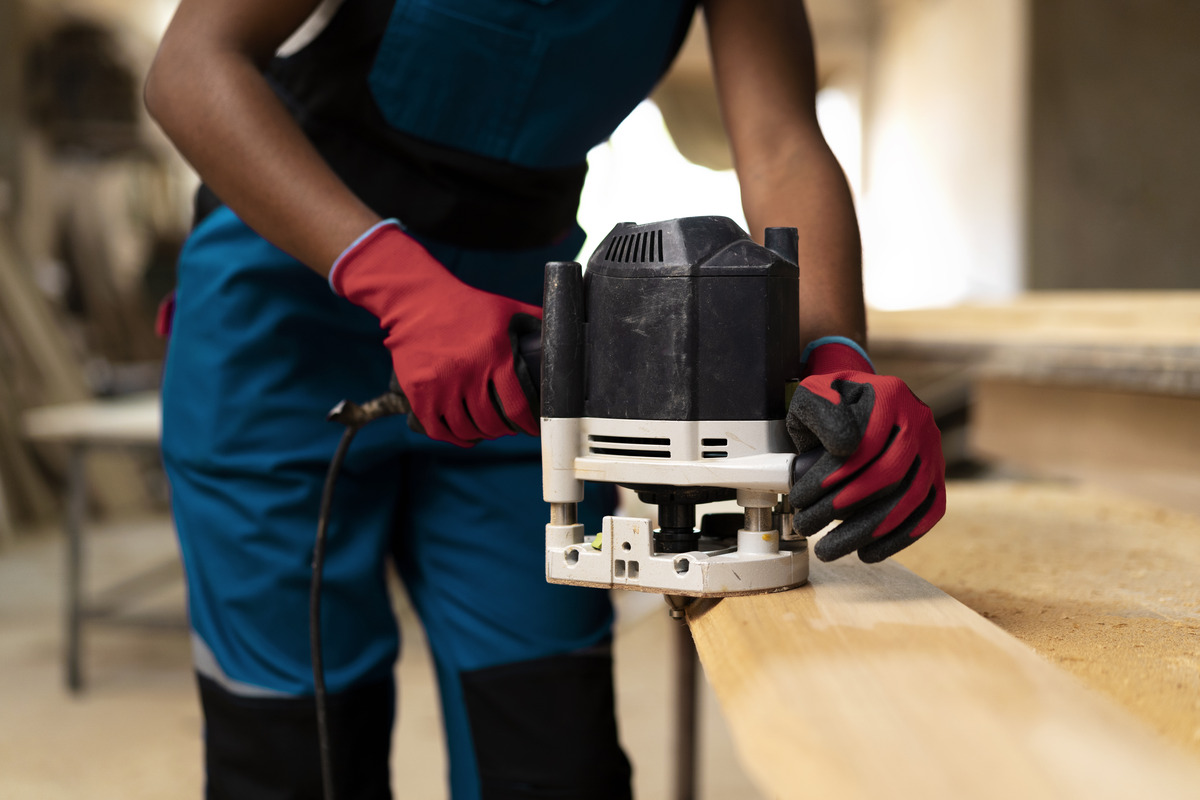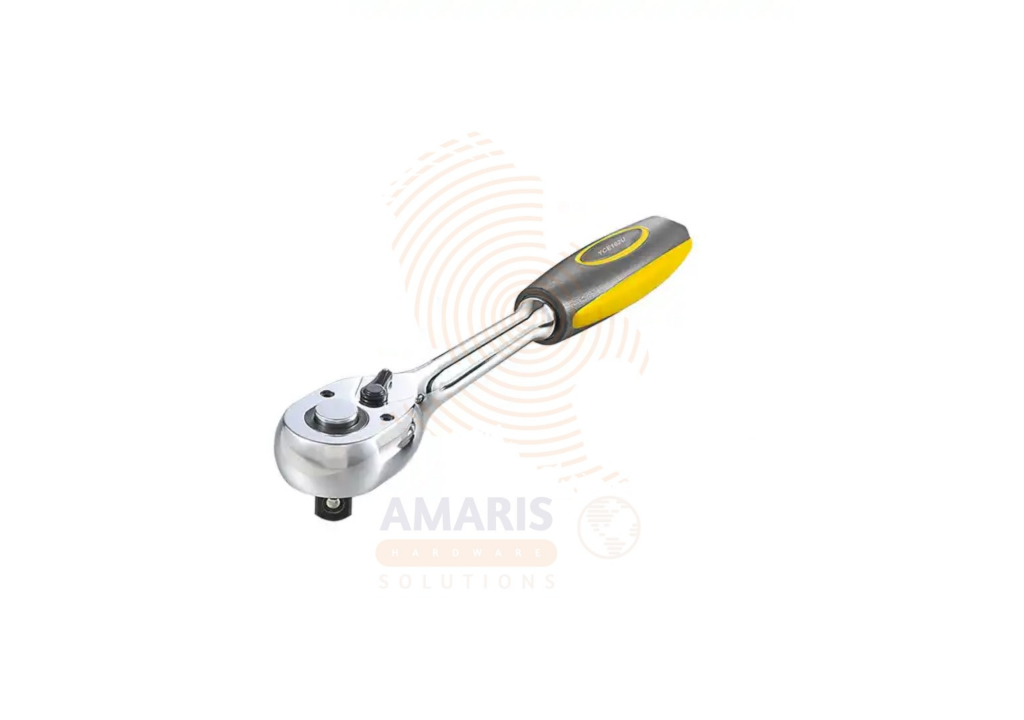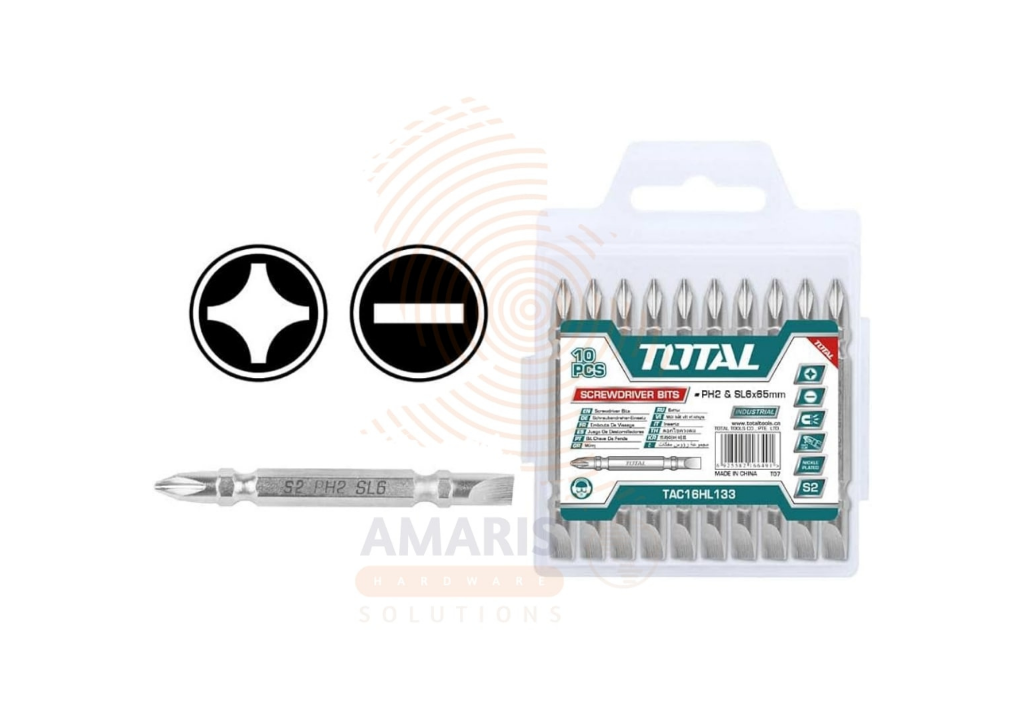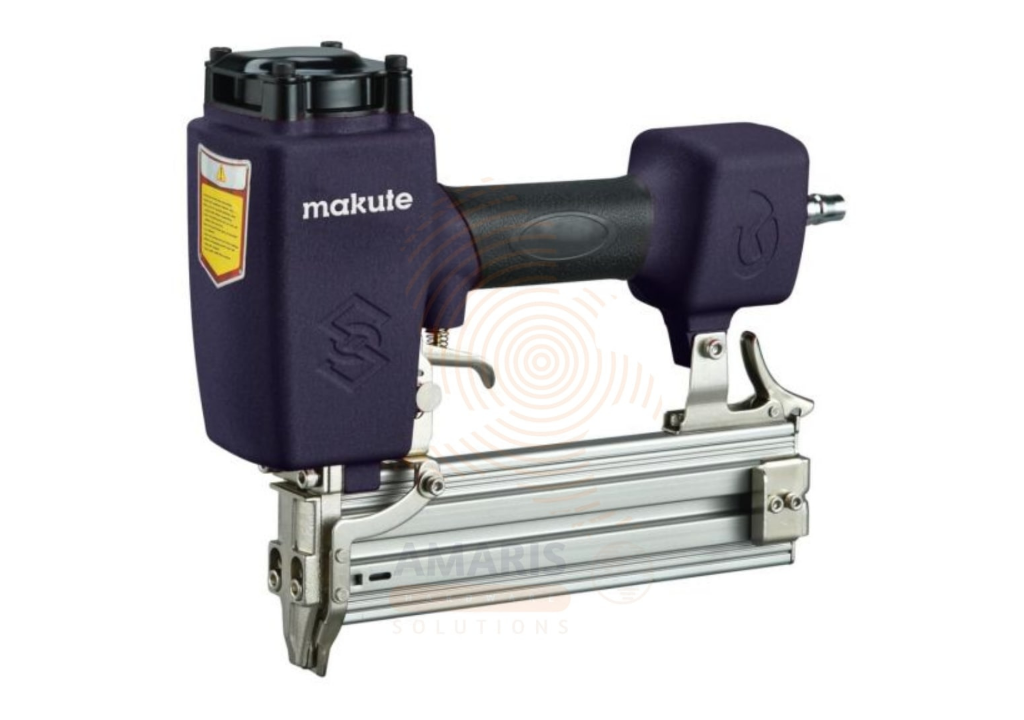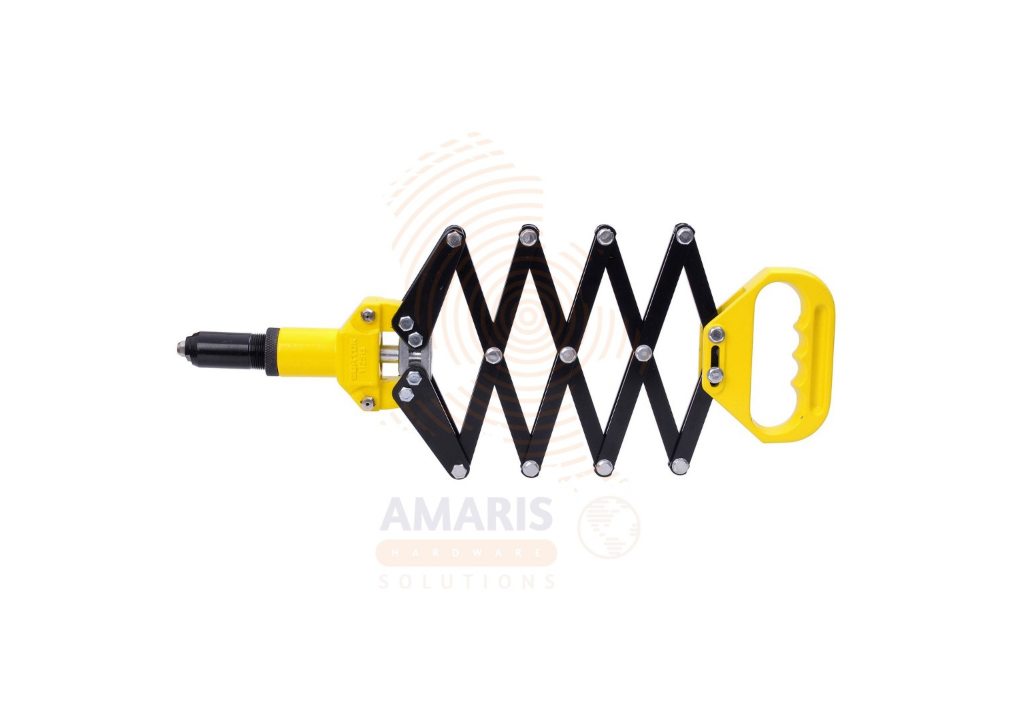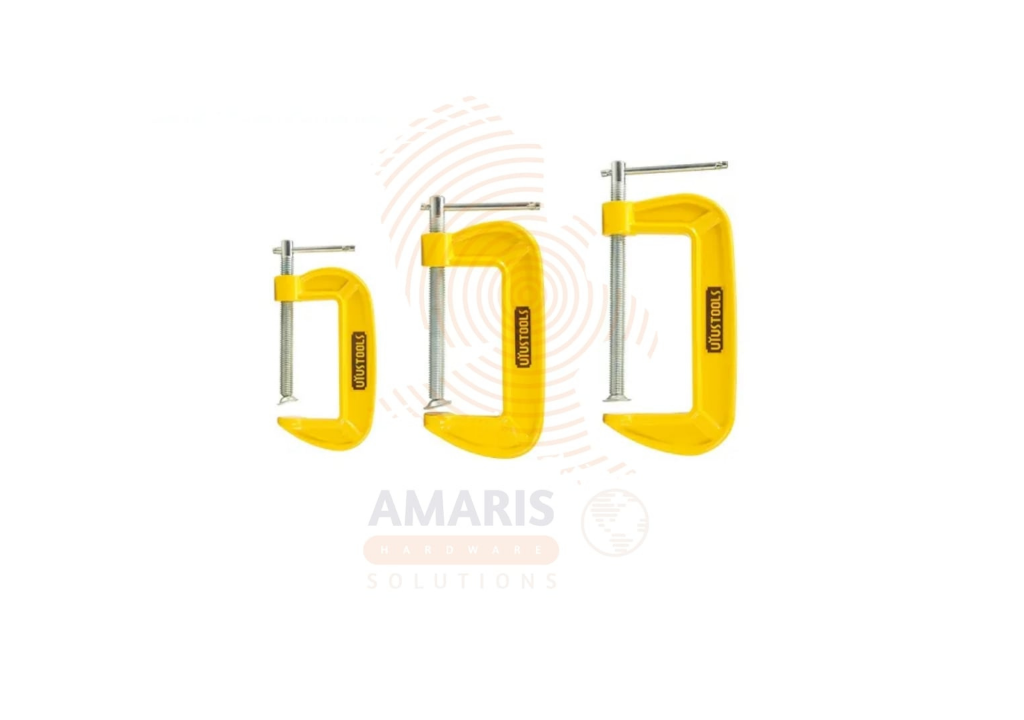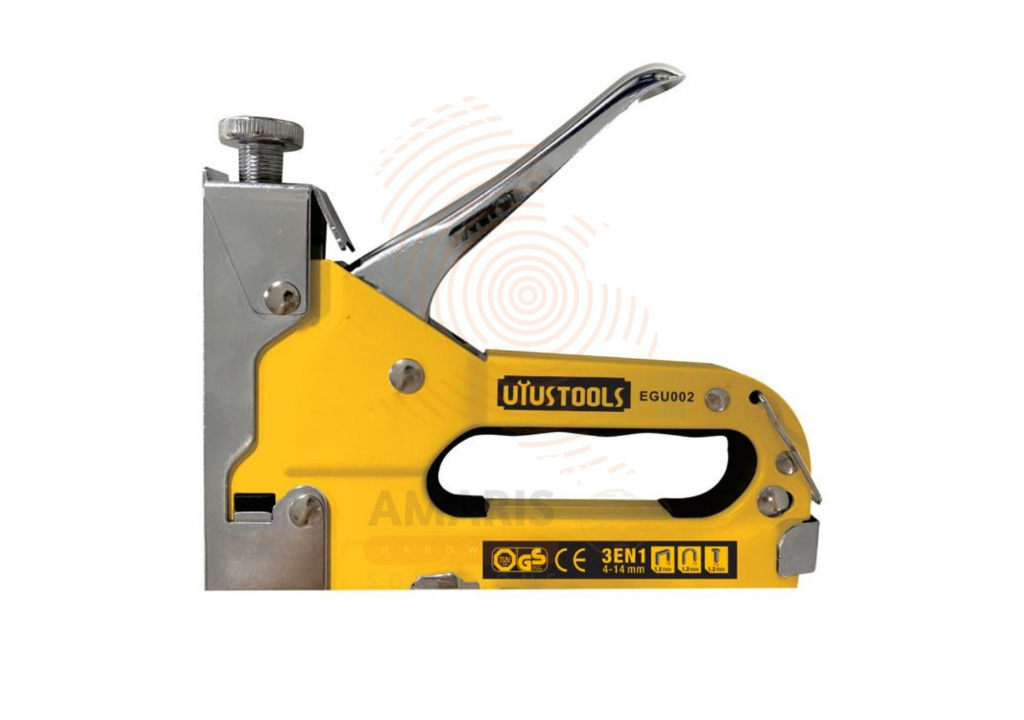“Riveter: Fasten with Strength and Precision” 🔩✋💪
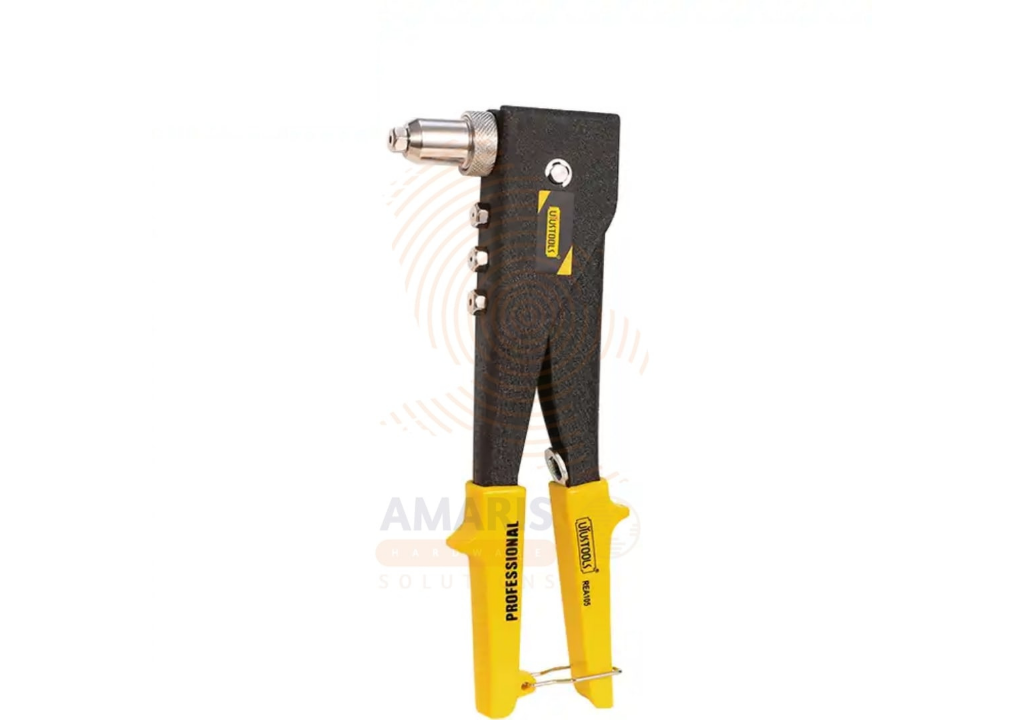
When it comes to joining materials quickly and securely, a Riveter is a must-have tool for workshops, construction sites, and DIY enthusiasts. From metal sheets to plastic panels, riveters provide a strong, reliable fastening solution without the need for welding or screws.
Whether you’re a professional craftsman or a home hobbyist, understanding how a riveter works and the advantages it offers can make a world of difference in your projects.
What is a Riveter? 🛠️
A riveter is a tool designed to install rivets, which are permanent fasteners that join two or more materials together. There are several types of riveters:
- Manual Riveters – Operated by hand, ideal for light-duty tasks.
- Pneumatic Riveters – Air-powered for heavy-duty applications and faster work.
- Battery-Powered Riveters – Offer portability without compromising strength.
Rivets come in a variety of materials and sizes, including aluminum, steel, and copper, allowing for flexibility in different projects.
Key Uses of a Riveter 🔍
- Metal Fabrication – Fastens metal sheets in workshops or manufacturing.
- Automotive Repairs – Secures panels, trims, and small components.
- Construction – Attaches metal, plastic, or composite sheets in structures.
- Home Projects – DIY furniture, shelves, or decorative items.
- Aircraft & Boat Assembly – Riveting is standard in lightweight and durable constructions.
Benefits of Using a Riveter ⚡
- Strong and Durable Joints – Rivets provide permanent fastening that resists vibration and stress.
- Time-Saving – Much faster than using screws or bolts.
- Versatility – Works with metal, plastic, and composite materials.
- Portability – Manual or battery-operated models are easy to carry.
- Neat Finish – Rivets provide a clean and professional appearance.
How to Use a Riveter Effectively 💡
- Select the Right Rivet – Match size and material to your project.
- Drill a Hole – Ensure the hole diameter matches the rivet.
- Insert the Rivet – Place the rivet into the hole with the mandrel extending outward.
- Squeeze or Activate – Use the riveter to pull the mandrel and expand the rivet, fastening the materials together.
- Trim Excess Mandrel – Most rivets will snap when properly installed.
Tips for Best Riveting Results 🧰
- Choose Correct Rivet Material – Aluminum rivets for lightweight materials, steel for heavy-duty applications.
- Align Materials Properly – Misaligned pieces can weaken the joint.
- Use Steady Pressure – Ensure consistent riveting to avoid weak or uneven connections.
- Practice Safety – Wear safety glasses and gloves to protect from flying debris.
- Maintain Your Riveter – Keep jaws clean and lubricated for smooth operation.
Riveter in Professional and DIY Use 🏭🏡
In professional workshops, riveters are used for fast, repeatable fastening in metal fabrication, automotive assembly, and construction. They save both time and labor while ensuring strong, reliable joints.
For home or DIY projects, a riveter simplifies assembly tasks such as installing shelves, creating storage solutions, or repairing household items. It’s a tool that delivers professional results without the need for extensive training.
Why Every Workshop Should Have One 🔧
A riveter is compact, versatile, and efficient, making it ideal for any workspace. Unlike screws or nails, rivets create permanent, vibration-resistant joints that hold up over time. Whether you’re working on light-duty or heavy-duty tasks, a reliable riveter ensures your projects are secure and polished.
At Amaris Hardware Solutions, we know that the right tools make the difference. A riveter isn’t just a fastener—it’s precision, strength, and reliability in one handy device.
✅ In short: A riveter is a must-have tool for anyone who values strong, neat, and efficient fastening. From professional workshops to home DIY projects, it saves time, improves quality, and ensures lasting results every time.


 Acrylic Sealants
Acrylic Sealants Construction Adhesives
Construction Adhesives Double-Sided Tape
Double-Sided Tape Duct Tape
Duct Tape Electrical Tape
Electrical Tape Epoxy & Resins
Epoxy & Resins Masking Tape
Masking Tape
 Automotive Wrenches & Socket Sets
Automotive Wrenches & Socket Sets Battery Chargers & Jump Starters
Battery Chargers & Jump Starters Car Jacks & Stands
Car Jacks & Stands Car Wash & Detailing Products
Car Wash & Detailing Products Diagnostic Tools
Diagnostic Tools Tire Inflators
Tire Inflators Vehicle Lighting
Vehicle Lighting Oil & Lubricants
Oil & Lubricants
 Adhesives & Sealants
Adhesives & Sealants Bricks & Blocks
Bricks & Blocks Cement & Concrete
Cement & Concrete Drywall & Plaster
Drywall & Plaster Flooring (Tiles, Wood, Laminate)
Flooring (Tiles, Wood, Laminate) Lumber & Plywood
Lumber & Plywood Paints, Primers & Coatings
Paints, Primers & Coatings Insulation Materials
Insulation Materials Roofing Materials
Roofing Materials
 Circuit Breakers
Circuit Breakers Electrical Cables & Wires
Electrical Cables & Wires Switches & Sockets
Switches & Sockets Fuses & Relays
Fuses & Relays Connectors & Terminals
Connectors & Terminals Electrical Boxes & Panels
Electrical Boxes & Panels Conduit & Fittings
Conduit & Fittings Lighting Fixtures & Bulbs
Lighting Fixtures & Bulbs Extension Cords & Power Strips
Extension Cords & Power Strips
 Anchors
Anchors Bolts
Bolts Clips & Clamps
Clips & Clamps Screws
Screws Nuts
Nuts Washers
Washers Rivets
Rivets Nails
Nails Threaded Rods
Threaded Rods
 Hammers
Hammers Measuring Tools (Tapes, Levels, Calipers)
Measuring Tools (Tapes, Levels, Calipers) Screwdrivers
Screwdrivers Pliers & Cutters
Pliers & Cutters Saws & Blades
Saws & Blades Chisels & Punches
Chisels & Punches Allen Keys & Hex Keys
Allen Keys & Hex Keys Ratchets & Socket Sets
Ratchets & Socket Sets Wrenches & Spanners
Wrenches & Spanners
 Power Tool Accessories (Blades, Bits, Discs)
Power Tool Accessories (Blades, Bits, Discs) Rotary Tools
Rotary Tools Saws (Circular, Jigsaw, Reciprocating)
Saws (Circular, Jigsaw, Reciprocating) Drills & Drivers
Drills & Drivers Grinders & Sanders
Grinders & Sanders Heat Guns
Heat Guns Nail Guns
Nail Guns Impact Wrenches
Impact Wrenches Batteries & Chargers
Batteries & Chargers
 Pipes & Fittings (PVC, Copper, PEX)
Pipes & Fittings (PVC, Copper, PEX) Plumbing Tools
Plumbing Tools Pumps & Motors
Pumps & Motors Sealants & Adhesives for Plumbing
Sealants & Adhesives for Plumbing Valves & Taps
Valves & Taps Water Heaters
Water Heaters Drainage Systems
Drainage Systems Faucets & Fixtures
Faucets & Fixtures Hoses & Tubing
Hoses & Tubing
 Hinges & Latches
Hinges & Latches Hooks & Brackets
Hooks & Brackets Window Hardware
Window Hardware Chains & Cables
Chains & Cables Casters & Wheels
Casters & Wheels Shelving & Storage Systems
Shelving & Storage Systems Door Handles & Locks
Door Handles & Locks Drawer Slides & Cabinet Hardware
Drawer Slides & Cabinet Hardware
 Personal Protective Equipment (PPE)
Personal Protective Equipment (PPE) Respirators & Masks
Respirators & Masks Safety Glasses
Safety Glasses Safes
Safes Security Cameras
Security Cameras Gloves
Gloves Helmets
Helmets Ear Protection
Ear Protection Fire Safety Equipment
Fire Safety Equipment Locks & Padlocks
Locks & Padlocks Motion Sensors & Alarms
Motion Sensors & Alarms
 Garden Fencing
Garden Fencing Garden Furniture Hardware
Garden Furniture Hardware Lawn Mowers
Lawn Mowers Trimmers & Edgers
Trimmers & Edgers Shovels & Spades
Shovels & Spades Rakes & Hoes
Rakes & Hoes Pruning Shears & Loppers
Pruning Shears & Loppers Watering Systems (Hoses, Sprinklers, Nozzles)
Watering Systems (Hoses, Sprinklers, Nozzles)
 Interior Paints
Interior Paints Paint Brushes & Rollers
Paint Brushes & Rollers Paint Strippers & Thinners
Paint Strippers & Thinners Paint Trays & Accessories
Paint Trays & Accessories Exterior Paints
Exterior Paints Spray Paints
Spray Paints Primers & Undercoats
Primers & Undercoats Varnishes & Stains
Varnishes & Stains
 Gaskets & Seals
Gaskets & Seals Hydraulic Fittings
Hydraulic Fittings Industrial Fasteners
Industrial Fasteners Industrial Hoses
Industrial Hoses Lubricants & Greases
Lubricants & Greases Metal Sheets & Bars
Metal Sheets & Bars Bearings & Bushings
Bearings & Bushings Belts & Pulleys
Belts & Pulleys
 HVAC Filters
HVAC Filters Insulation for HVAC
Insulation for HVAC Air Conditioners
Air Conditioners Refrigerants
Refrigerants Ventilation Ducts & Fittings
Ventilation Ducts & Fittings Thermostats & Controllers
Thermostats & Controllers Fans & Blowers
Fans & Blowers
 Pegboards & Hooks
Pegboards & Hooks Shelving Units
Shelving Units Storage Bins & Containers
Storage Bins & Containers Toolboxes & Tool Chests
Toolboxes & Tool Chests Workbenches
Workbenches Drawer Organizers
Drawer Organizers Labeling Supplies
Labeling Supplies
 Welding Accessories (Clamps, Brushes)
Welding Accessories (Clamps, Brushes) Welding Electrodes & Rods
Welding Electrodes & Rods Welding Helmets & Gloves
Welding Helmets & Gloves Welding Machines
Welding Machines Soldering Irons & Stations
Soldering Irons & Stations Flux & Solder Wire
Flux & Solder Wire
 Generator Accessories
Generator Accessories Inverters
Inverters Portable Generators
Portable Generators Power Inverters
Power Inverters Transfer Switches
Transfer Switches Diesel & Gasoline Generators
Diesel & Gasoline Generators
 Transport Equipment: Carts, Dollies, and Hand Trucks
Transport Equipment: Carts, Dollies, and Hand Trucks Storage Solutions: Pallets, Racks, and Containers
Storage Solutions: Pallets, Racks, and Containers Lifting Equipment: Hoists, Cranes, and Jacks
Lifting Equipment: Hoists, Cranes, and Jacks Conveyors and Accessories: Belts and Rollers
Conveyors and Accessories: Belts and Rollers